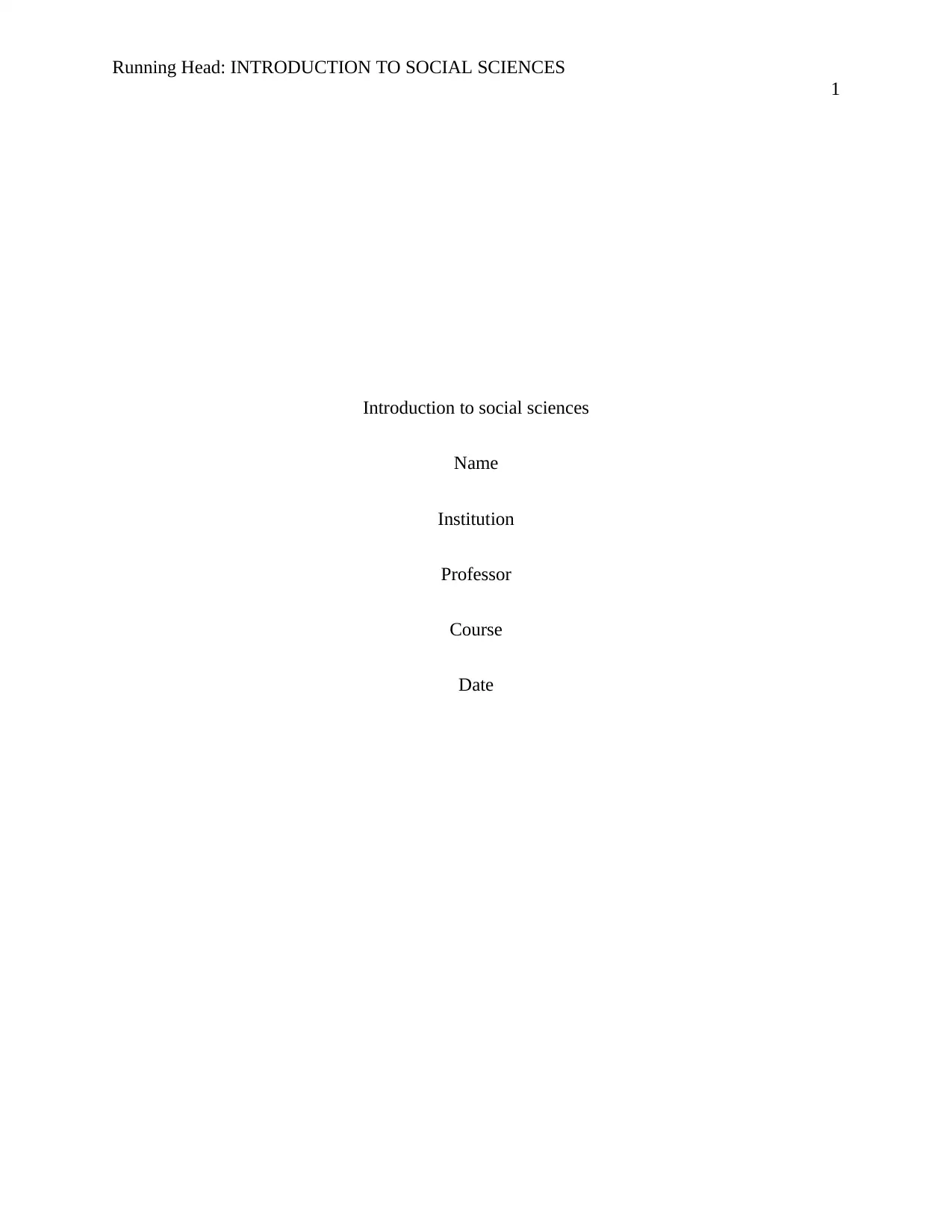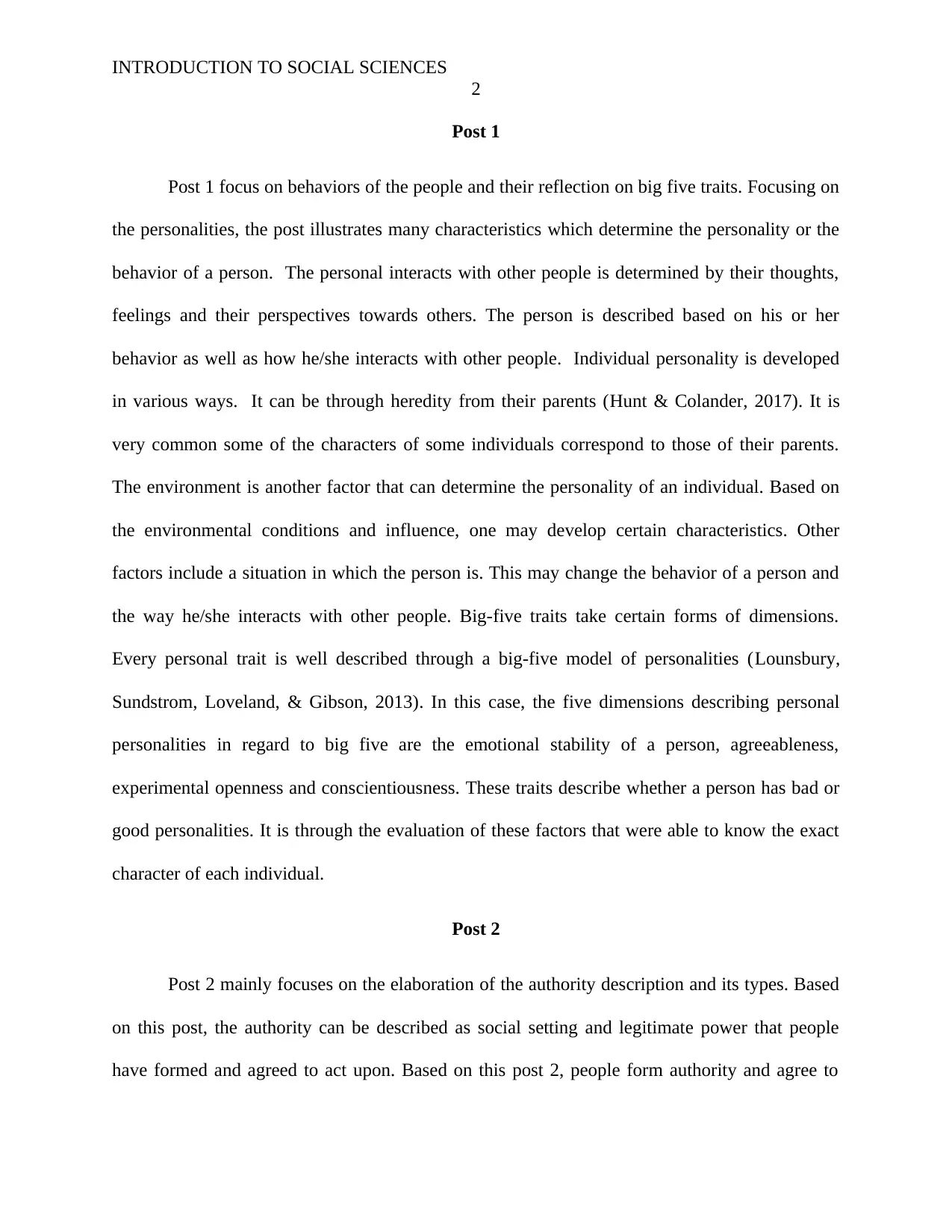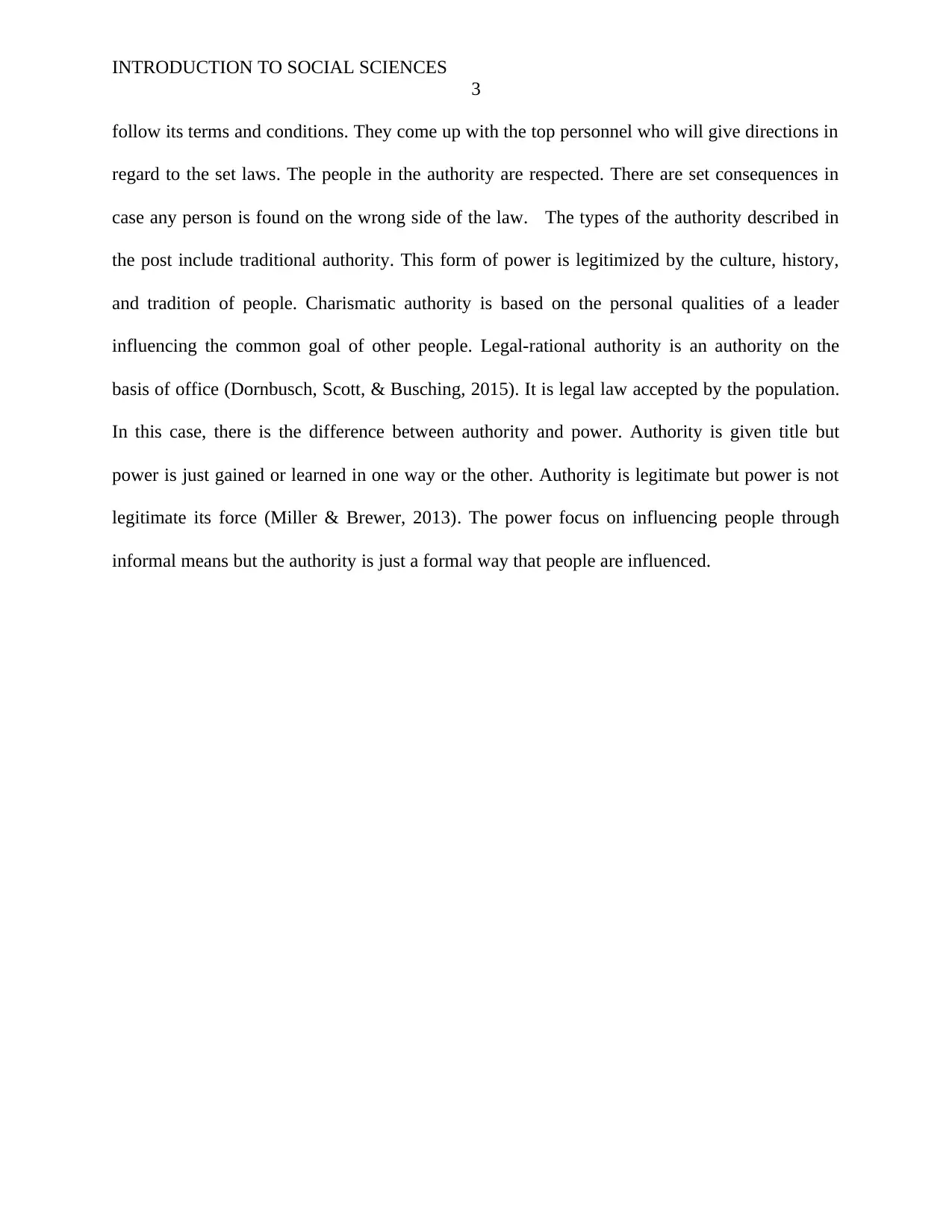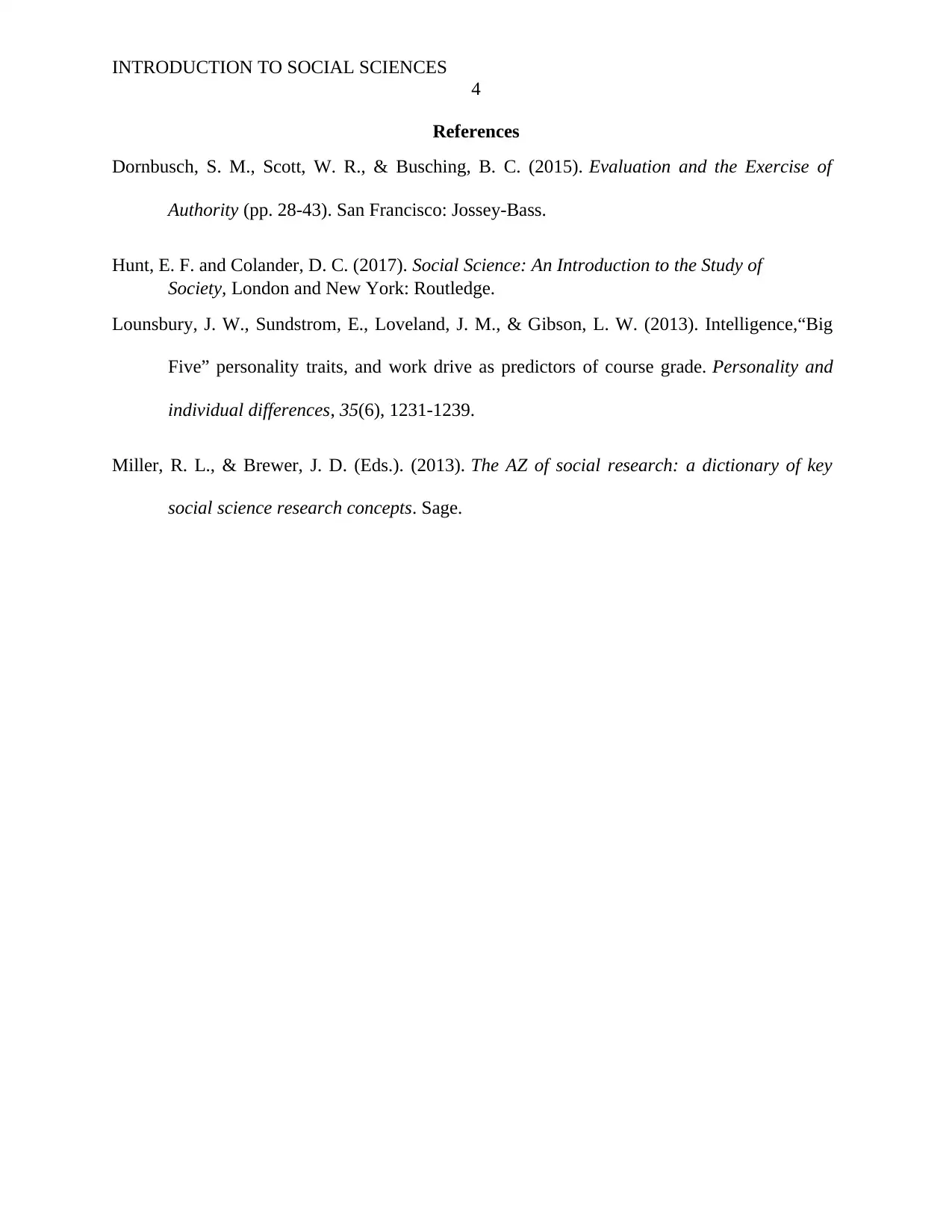Introduction to Social Sciences - Behaviors, Personalities, and Authority
VerifiedAdded on 2023/06/10
|4
|715
|460
AI Summary
This article discusses the behaviors and personalities of individuals based on the big five traits and the different types of authority. It also explains the difference between authority and power.
Contribute Materials
Your contribution can guide someone’s learning journey. Share your
documents today.
1 out of 4
![[object Object]](/_next/static/media/star-bottom.7253800d.svg)









